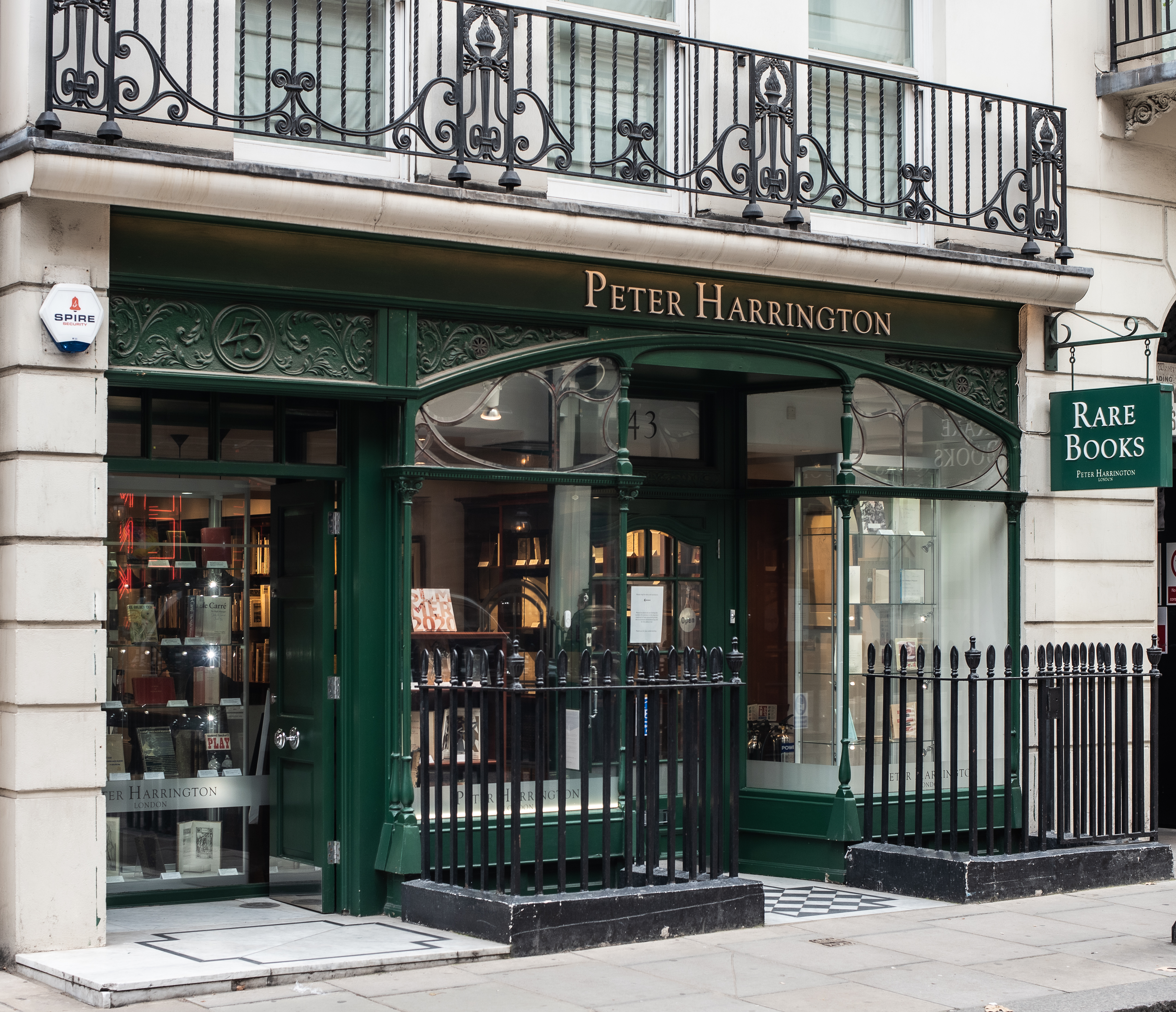London: G. and W. Nichol; and J. Wright,, 1800. Pioneering account of the kingdom that ruled upper Myanmar First edition of "one of the first detailed accounts of the country written in English. In just over 500 pages, it addressed the history, geography, culture, and economics of Burma" (ODNB). It is also notable for the survey of the lower Irrawaddy and the first reliable chart of it, which was carried out by Symes's colleague Thomas Woods. This handsome book, printed by William Bulmer, perhaps the finest London printer of the period, is superbly illustrated with plates of costumes, customs, architecture and arts, many by the Company-trained Bengali artist Singey Bey, and a suite of eight botanical plates of the plants selected by the President of the Royal Society "as the most rare and curious among the copious and valuable collection made by Doctor Buchanan." Symes (1761-1809), an Irish-born army officer, was sent to the court of King Bodawpaya of Burma, "to try to improve political and commercial relations," and to ascertain whether the French had begun to make inroads at the court. "The embassy was counted a success," and Symes's account "painted a generally favourable impression of Burma, emphasizing its civility, culture, and stability, while also hinting at the Burmese court's suspicions of the British". When Hiram Cox, the first British ambassador to be sent to Burma under the terms of Symes's agreements, was turned away "Cox blamed Symes for his failure, and for exaggerating Burmese good will and intentions." Symes was sent back following trouble on the Arakan border, his second embassy being notably less successful than the first. "Most interpretations of Anglo-Burmese relations, when dealing with Symes, have tended to echo Hiram Cox, and dismiss Symes's reports as overly optimistic and uncritical. However, if these reports are read carefully, Symes does not appear as credulous as some have made him out to be. He was well aware of the court's insularity and suspicions of outsiders, and he reckoned that misunderstandings would frequently punctuate diplomatic relations... his writings display a genuine fascination with Burmese society, and indicate that he was eager to seek some rapprochement with Burma." Symes died in 1809 of wounds sustained during Moore's retreat from Corunna. Provenance: Charles Arthur Wynne-Finch (1841-1903), lieutenant-colonel in the Scots Guards and High Sherrif of Carnarvon, with his attractive wood-engraved armorial bookplate (dated 1878). Quarto (289 x 230 mm), pp. xxiv, 504. With 2 engraved folding maps by J. Walker after Dalrymple and Thomas Woods ("Burman Empire" and lower Irrawaddy) and 26 engraved plates by T. Medland, Vincent, and MacKenzie after Singey Bey and others (4 folding, 3 double-page). With the half-title. Contemporary diced russia, spine gilt lettered direct in second compartment, gilt single fillet panel to covers framing a blind foliate roll, gilt fillet edge-roll, edges sprinkled brown, Gloster pattern marbled endpapers, gilt double fillet to turn-ins. Spine a little sunned and mottled, very lightly rubbed on the joints, some off-setting from the plates, but overall a very good copy in excellent, unrestored contemporary condition. Brunet V:611; Cordier BI 445; Howgego I S200; Lowndes III, p. 2564.











